We stepped inside Yokohama Chinatown through the enormous red pillars decorated with classical Eastern architecture, widely recognized landmarks framing Chinatowns worldwide. A larger-than-life billboard featuring a man holding a dead pig in each hand and smiling proudly as if he owned this part of the town greeted us.
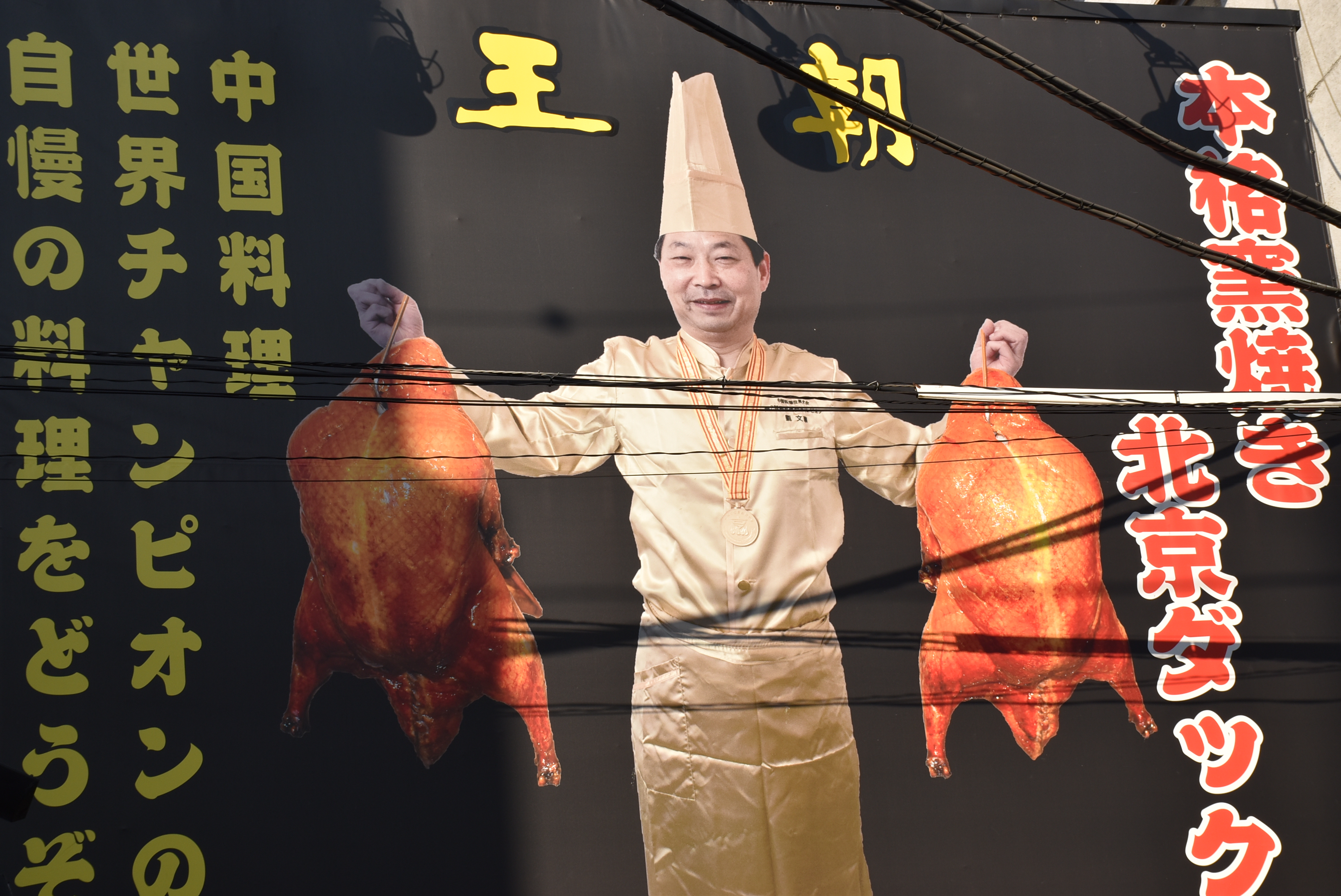
I turned to Fafa and whispered: “Toto, I feel we are not in Japan anymore”. Thus, we began our day of Chinese culture and street food adventure in Yokohama Chinatown, or Chukagai, as the Japanese call it.
Largest Chinatown
Yokohama Chinatown is the biggest Chinatown in Asia (this fact surprised me as I always assumed it would be Singapore Chinatown) with a historical legacy started some 150 years ago with the Chinese traders who came to Japan through the Yokohama port was opened, formed settlements in the area.
Today, Chinatown is showcasing Chinese culture with pride. Decorated with snakelike strings of red lanterns, the colourful streets were filled with endless rows of Chinese food stalls, restaurants, sundries, and souvenir shops. A few more steps in, multiple narrow, lively lane-ways nested buildings with old-school charm and gaudy-looking signs. Tucked away at the end of the main street, high in the sky, majestic dragons keep watchful eyes on the visitors, beckoning them to visit their house, the temple.
Colourful Temples
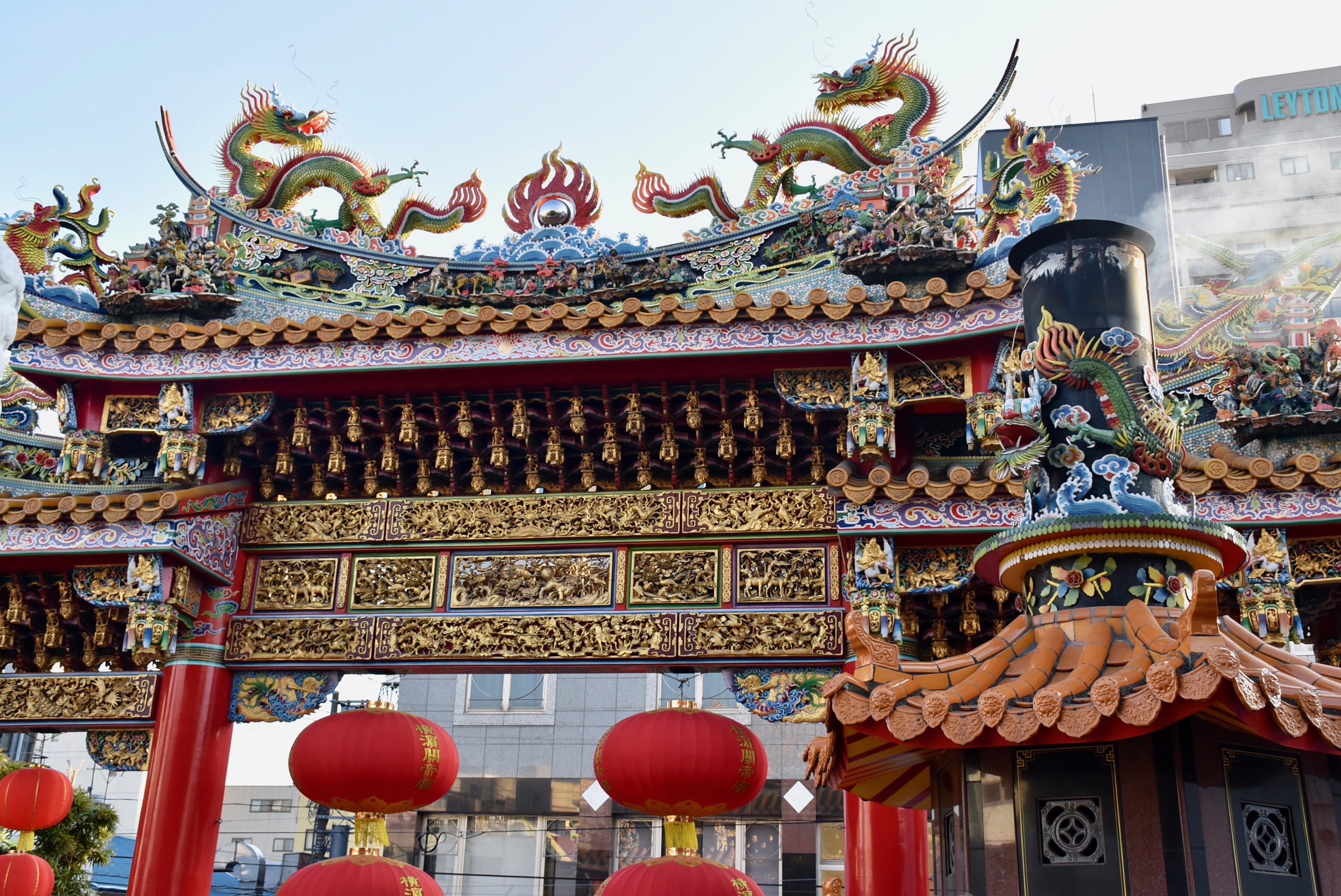
There are two famous Chinese temples in Yokohama Chinatown. It is located in the heart of Kanteibyo shrine, also known as Emperor Guan’s Temple. The home of the Chinese prosperity God, the Kanteibyo shrine is the ground zero of Yokohama’s Chinese New Year celebration.
The other one is a neighbouring Taoist temple, Mazu Miao, the home of the Chinese sea goddess Mazu. Worshipped by hundreds of millions worldwide, Ma Zhu is the guardian deity of fishermen and seafarers, sitting rightly in Chinatown to guard the Chinese traders for the past century. Though smaller, it became my favourite pocket of Chinatown, even more than the souvenir shops. So I went it, traded a few yens for the incense with the guards and had a one-on-one with the Queen of Heaven. I thanked Mazu for all my travels, requested an overnight in Yokohama, and extended the Japan trip in the future (because three weeks wasn’t enough!).
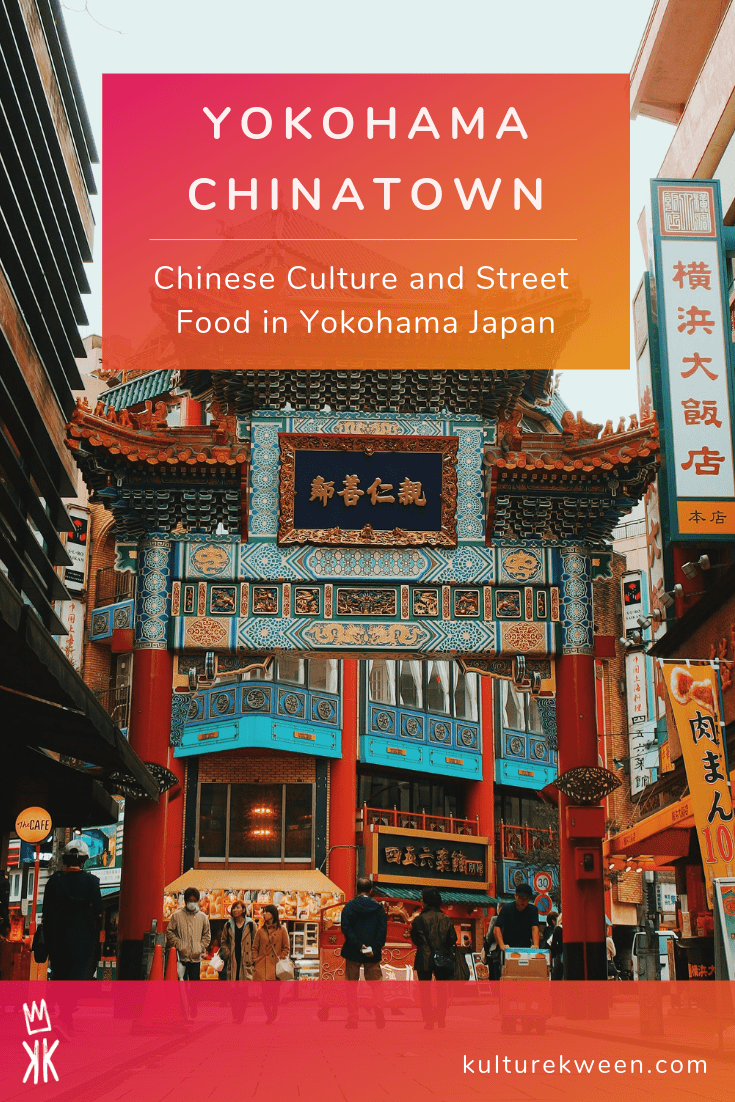
Both temples are worth visiting, whether one is a Chinese architecture enthusiast or simply wishing for good fortune.
Street Food Culture
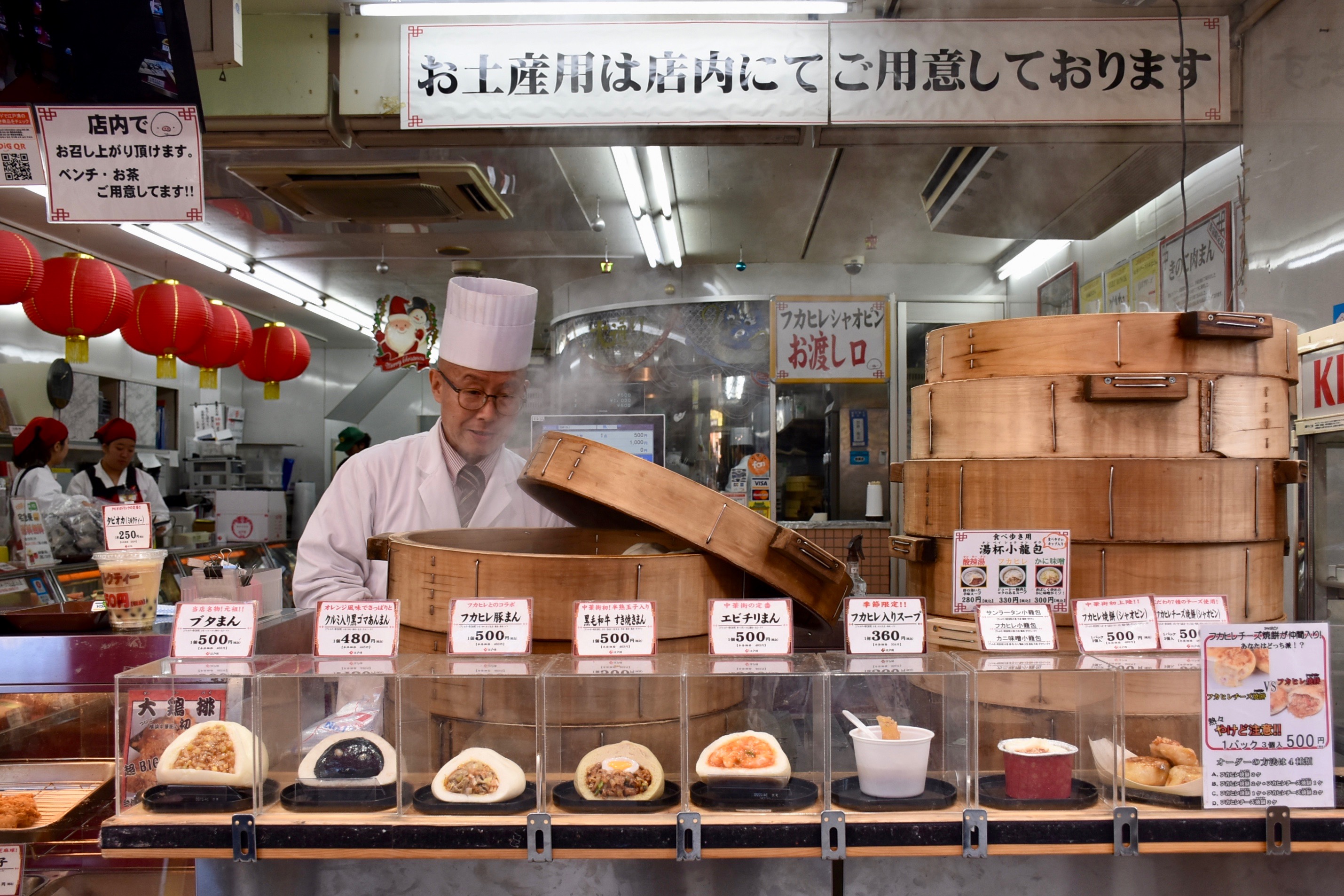
In the air, the faint aroma of incense strangely compliments the smell of Asian street food, of freshly steamed buns and roasted chestnuts. Green dumplings, extra-large-sized buns, and panda cakes are on display, competing with shark fin soup and fortune-tellers signage in front of the stores. Finally, it’s time to fill up with food.
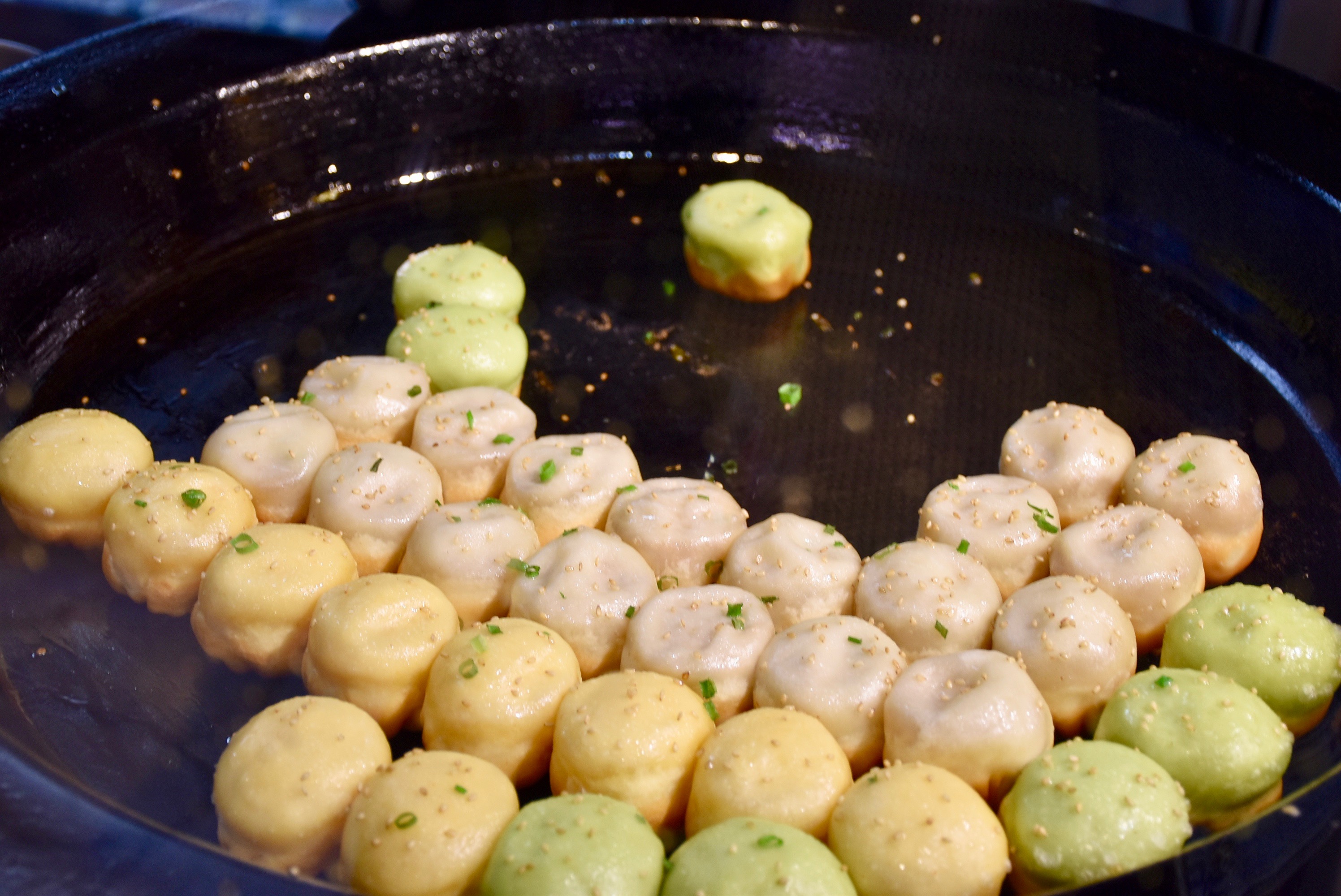
We browsed around, discussing what to try next while navigating the countless choices and the sea of people. People were everywhere in Yokohama Chinatown, throwing multiple languages in the air, adding to the already overloaded senses. Anywhere we turned, a crowd stood in the queue, eating, walking or eating.
That was when I noticed a stark difference between Japanese and Chinese food cultures. Like the French, the Japanese don’t eat while walking. But the Chinese do. Obviously, as the adopted child of Singapore, we rejoiced in the eating while walking culture. That way, we could queue before the next food stall while eating the food we had just bought from the last booth.
Local Souvenirs
Sakura chai latte, black sesame paste bun, and egg white tart later, it’s time to satiate the shopping urge.

Compared to Tokyo Tsukiji or Osaka Kuromon Ichiba, Yokohama Chinatown is not a conventional market. However, it’s still a great place to stock up the local souvenirs from Yokohama. From black noodles to anything panda, you can find anything your kawaii-loving heart desires. To Fafa’s objection, I parted with my most enormous yen bill in exchange for a shopping basket full of shiny stuff, including panda postcards, the year of the pig ornaments and the iconic red shoe socks and chocolate. No regrets.
Why Visit Yokohama Chinatown?
I was asked why I would go to Chinatown while travelling overseas. As someone born into a different culture than my own, I have always been interested in the assimilations of two cultures. Also, there are many other reasons, ranging from food to culture. With the Cup Noodles Museum, Chinatown in Yokohama is worth at least a day trip from Tokyo.
Parting Words on Egg Coffee
At first, I wanted to finish this post with the paragraph above, but I felt a pang of guilt for not warning you about the egg coffee. So here goes: a Vietnamese coffee shop sells egg coffee in Yokohama Chinatown. Egg coffee is precisely that, coffee with an egg yolk in it. I suggest staying away as it was the most horrid cup of drink I have ever tasted and don’t forget I come from a land where we drink coffee made from beans that monkeys shat out.
Follow me on Instagram @KultureKween for more recent updates.
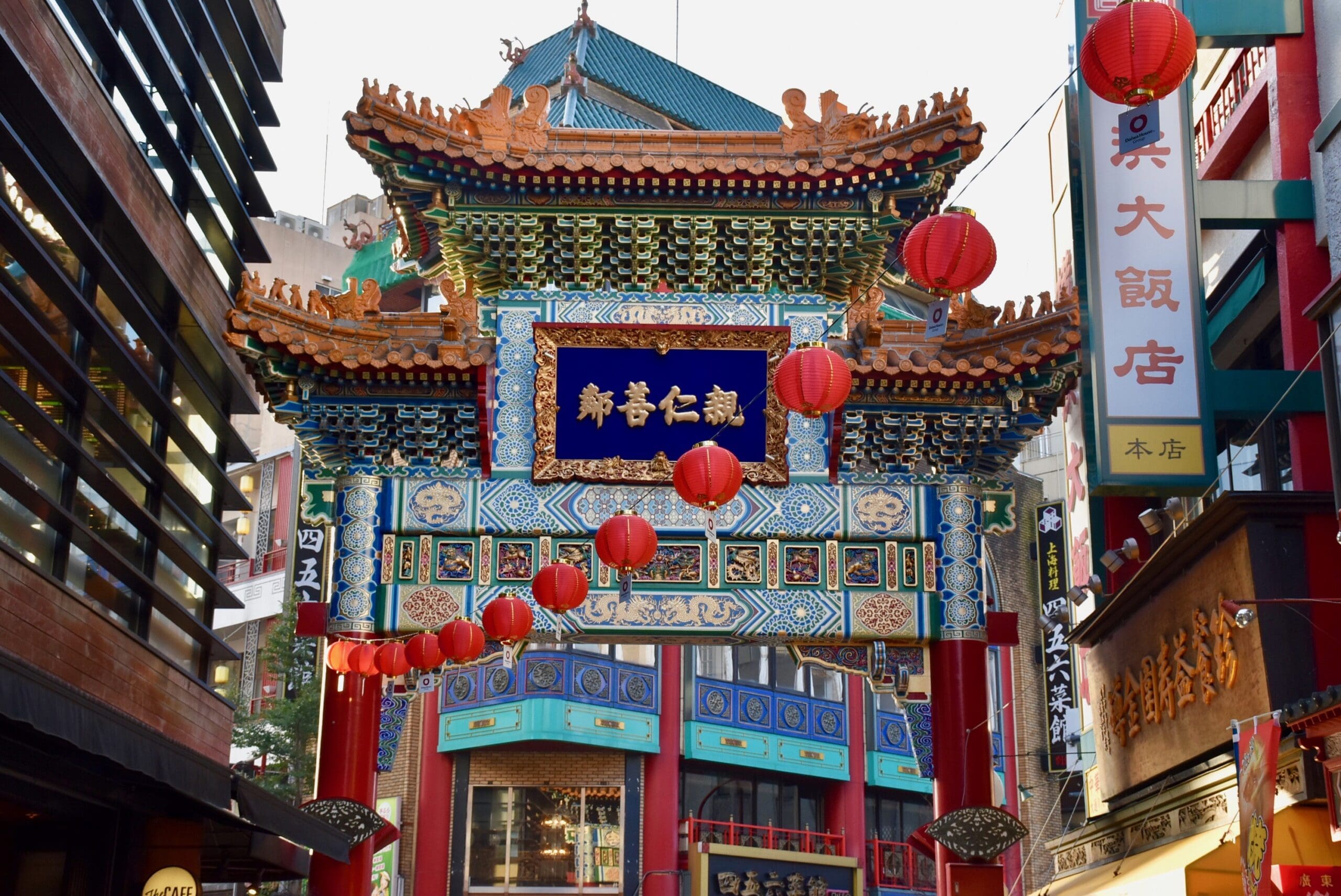
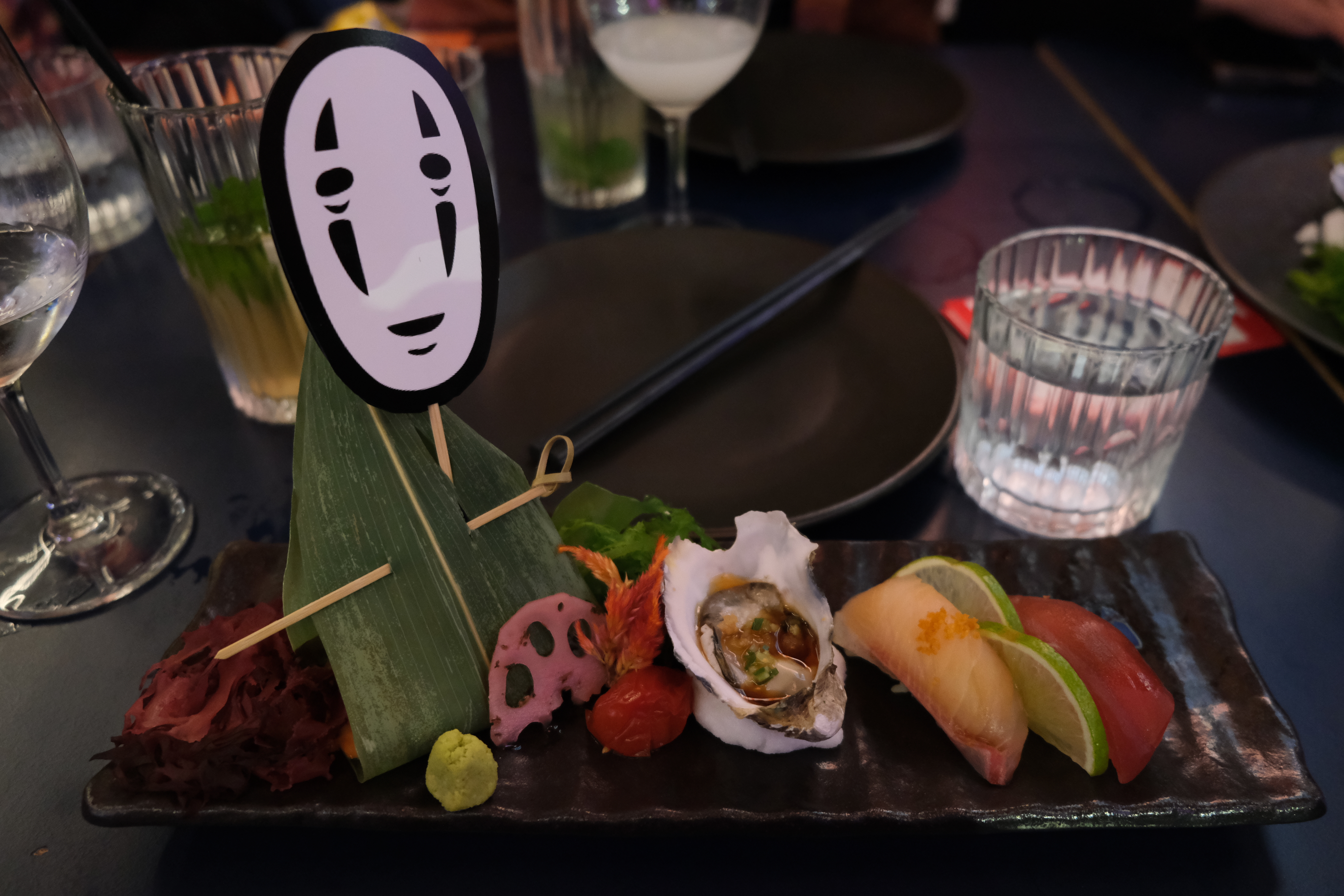
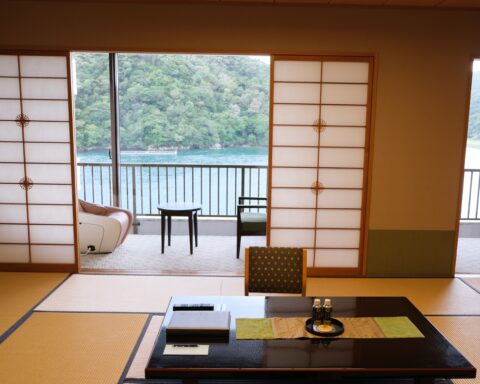
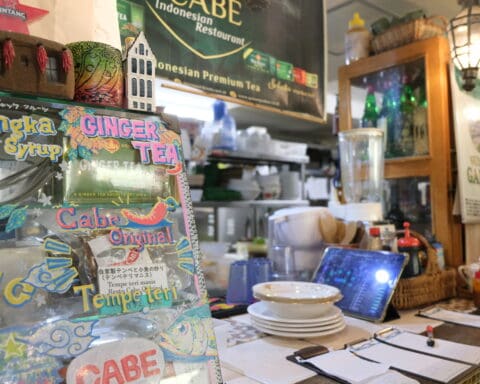
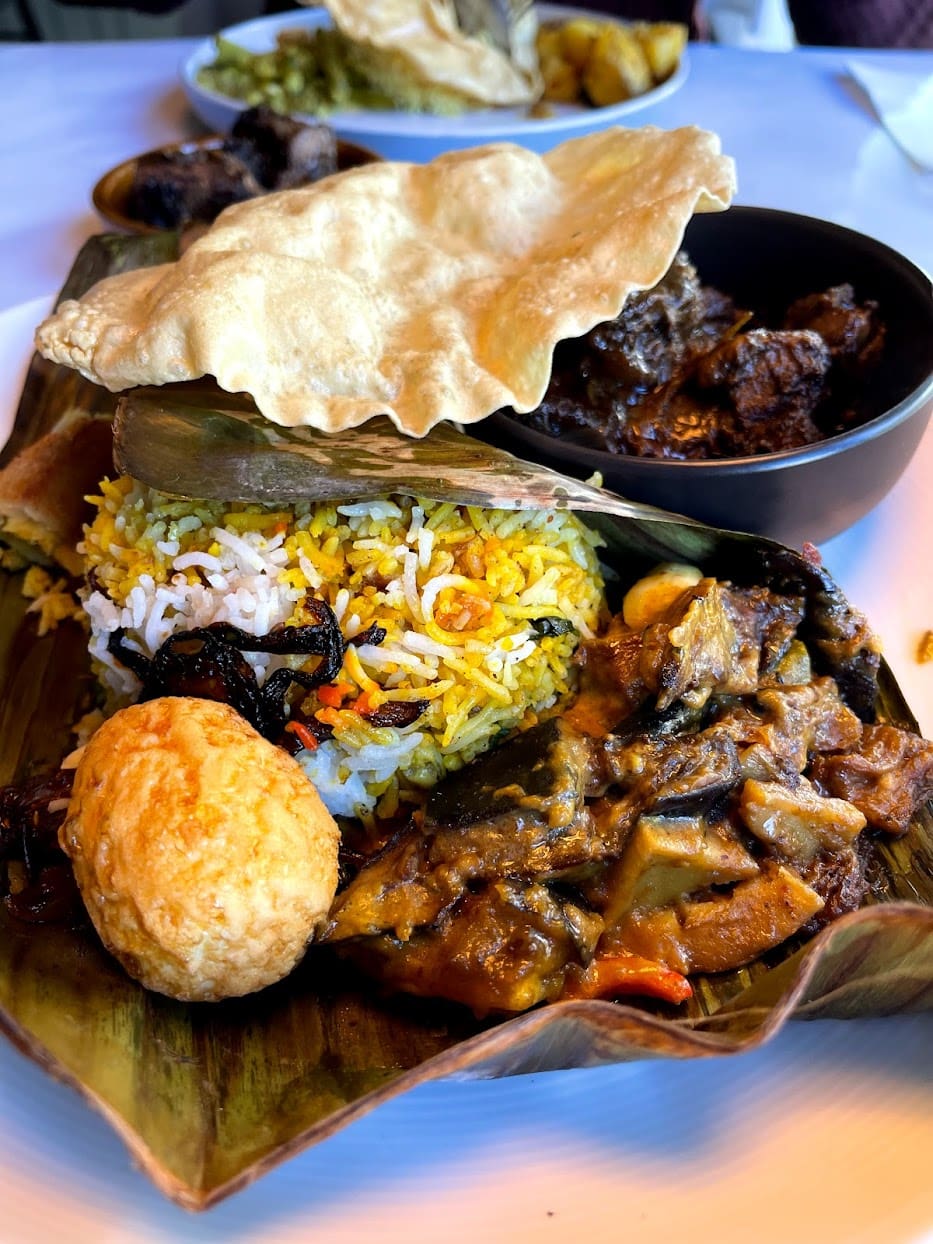
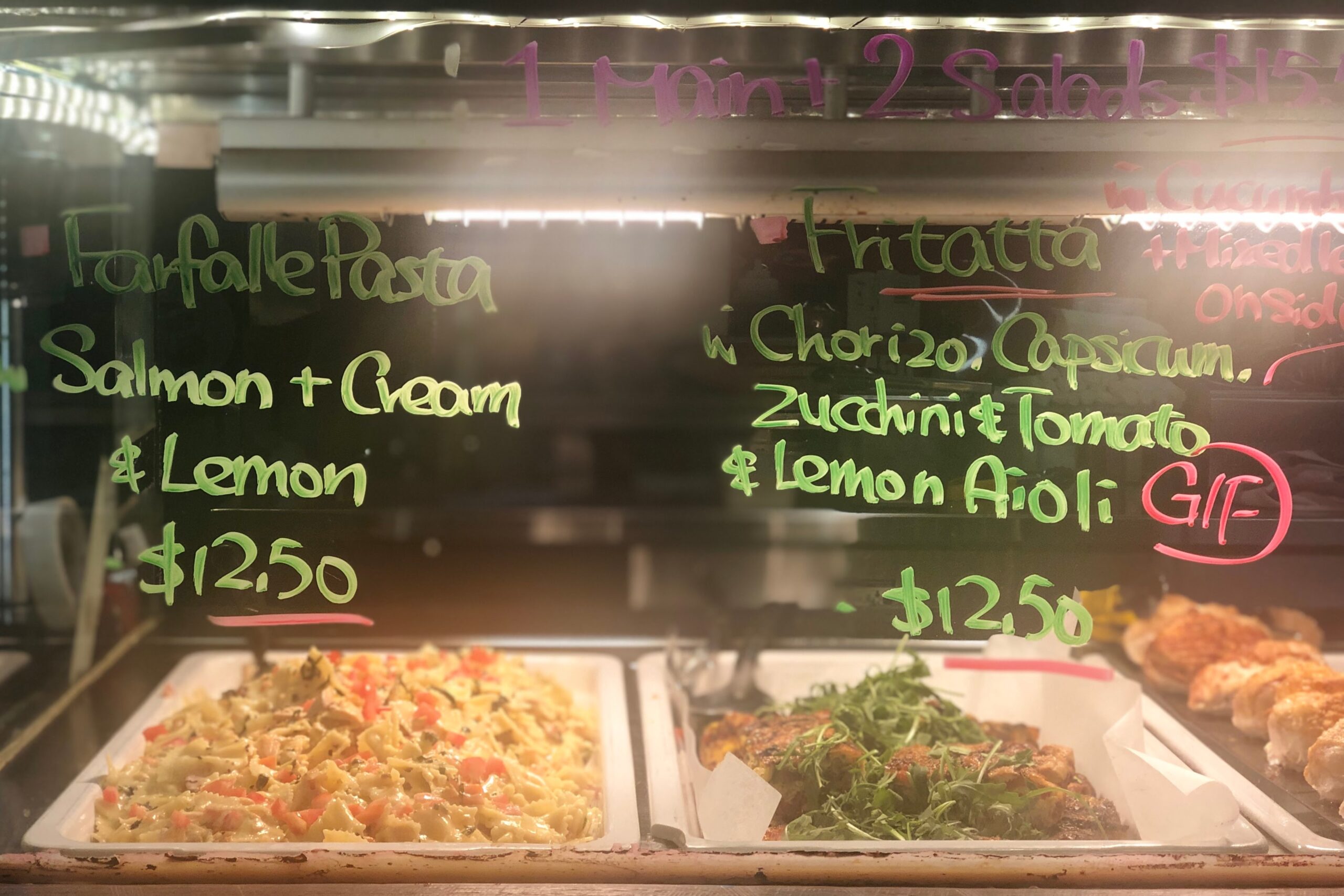
[…] Little India and Arab Street, Singapore Chinatown is my favourite place out of all the places in the Lion City. As I used to say when I was still […]
[…] and Melbourne Chinatown multiple times, sometimes alone. And we did a day trip from Tokyo to visit Yokohama Chinatown in […]
[…] the pull for visiting the two cities prior to it was somewhat food-related (Cup Noodle Museum in Yokohama and Nozawana pickle in Nagano), the main reason I wanted to visit Nagoya was Nabana No Sato. […]
[…] with Yokohama Chinatown, Cup Noodle Museum was the highlight of my day trip to […]
[…] Kanagawa / Hakone and Yokohama […]
[…] Yokohama Chinatown and cup noodle museum in […]
[…] soup gained popularity in Japan when the Chinese traders opened a famous Lamien noodle store in Yokohama Chinatown more than a century ago. It slowly turned into an original dish of Japan with the first Ramen stall […]
[…] Chinese Culture and Street Food in Yokohama Chinatown […]
[…] Chinese Culture and Street Food in Yokohama Chinatown […]
[…] Chinatown was lively during Singapore Lunar New Year Festival celebration. It’s donned in pretty and colorful decorations buzzing with auspicious energy and all sorts of nationality. […]